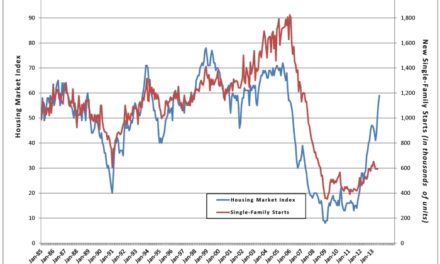Recently I attended the International Association of Assessing Officers (IAAO) 80th Annual Conference in Sacramento, California, where I picked up the 2014 Bernard L. Barnard Outstanding Technical Essay Award. I also attended several sessions, and one of the themes discussed was so-called “exception properties.”
When an assessor models property values in a particular jurisdiction, some properties may have features that truly make them “exceptional.” That term could mean different things to different people. To some, that term could refer to “outlier” properties, or properties that an empirical model does not handle very well. To others, that term could refer to properties with special “green” features, like solar panels on the roof, which could require special treatment inside any empirical modeling effort. [In fact, the Appraisal Institute has created a series of courses on valuing “green” properties.] In the end, how these exception properties are handled makes a difference in the number of property tax appeals in a jurisdiction.
When a jurisdiction chooses to have a third party audit their property tax assessment process, exception properties and how they are handled are only part of the audit. A typical audit includes a review of the jurisdiction’s processes used to calculate ratio statistics (which, for example, can be used to determine the degree and direction of bias in the assessments) as well as the models used to fairly and equitably distribute the property tax burden.
Interestingly, from the perspective of the jurisdiction, an audit is only part of the costs incurred. The cost of the revaluation process (a.k.a. the reassessment process) is more than simply the cost of the lost tax revenue due to tax appeals. Local resources required to conduct the reassessment, resources required to maintain records on all properties, and the administrative system required to mail all property tax bills to owners are additional costs that occur on an annual basis.
The costs of a reassessment typically are incurred on a regular basis (e.g., every 3 years). If a reassessment and audit are done simultaneously, the jurisdiction can reduce property tax appeals by putting reasonable expectations in the contracts. For example, a jurisdiction can handle issues related to the quality of a property’s interior by inspecting only a random sample of properties and then generalizing the results on a neighborhood-by-neighborhood basis. While not perfect, options like this seem to balance the goals of the inspection process (determining an accurate property condition adjustment) against the costs (randomly sampling properties in each neighborhood lessens the expense). However, at the end of the day, these choices cannot ignore statutory and regulatory requirements and the fact that local boards and commissioners have final approval on many of these aspects.
Did you attend the IAAO conference? Share your thoughts in the comments.







Recent Comments